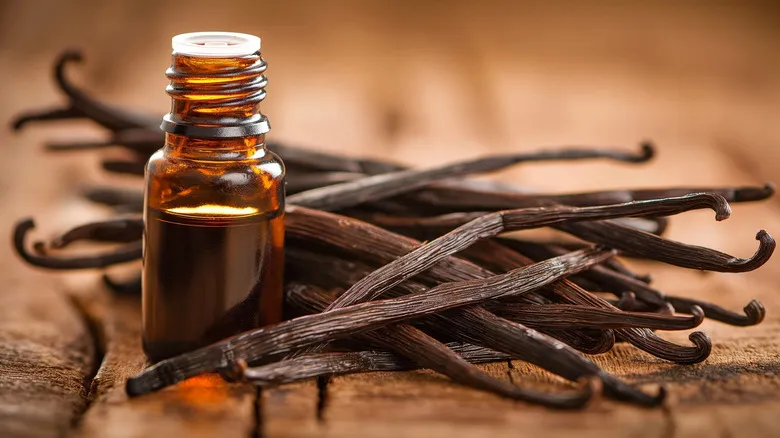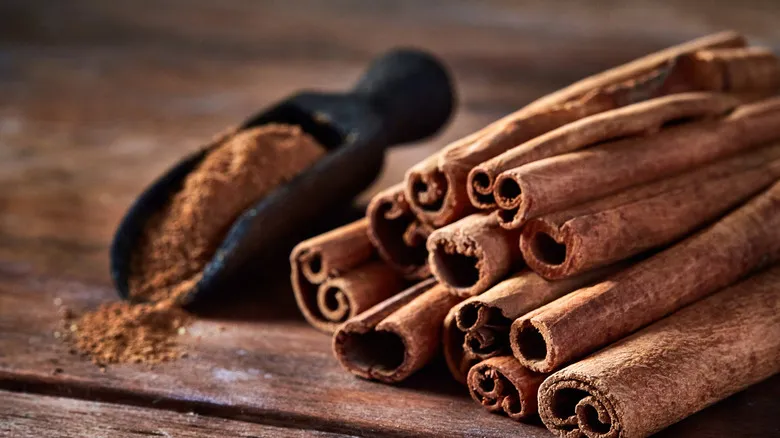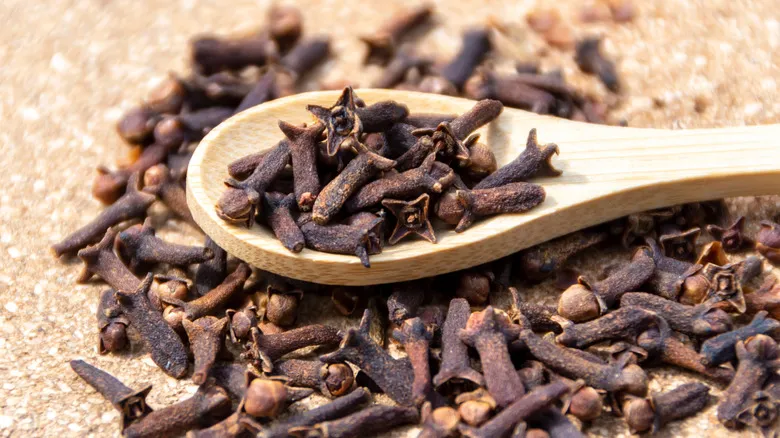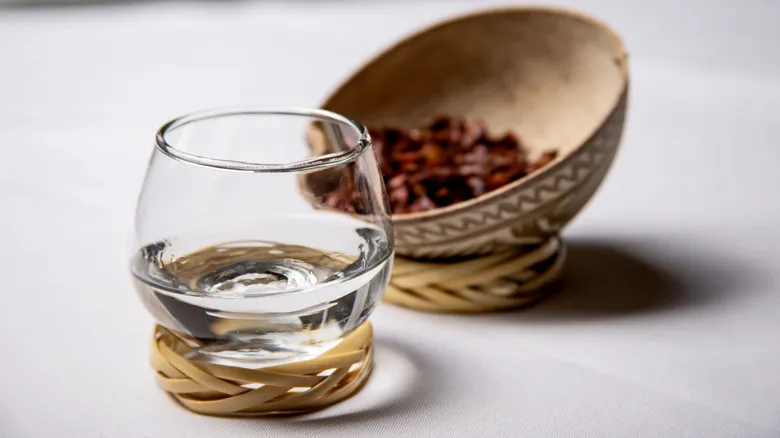Vanilla

To begin with, vanilla is a key ingredient in almost every spiced rum recipe. Vanilla beans, which are derived from orchid-like plants, are harvested and then dried until they become shriveled and brown. To prepare them, carefully slice down the center of the pod and use a knife to extract the tiny vanilla seeds inside.
The fresh vanilla's sweet, slightly smoky, earthy, and floral notes are hard to duplicate and complement the sweet undertones found in certain rums. If you're in a bind, you can substitute real vanilla extract, but it won't deliver the same depth of flavor. For an enhanced taste, consider charring your beans. When incorporating vanilla into your rum, simply add the beans after extracting them from the pod.
Cinnamon

Cinnamon, derived from the bark of cinnamon trees, comes in two main types: Cassia and Ceylon. Cassia cinnamon, which is more robust and spicier, is predominantly found in Southeast Asia. In contrast, Ceylon cinnamon, while harder to source, offers a more subtle flavor profile with floral and slightly sweeter notes, along with hints of spice. It is mainly cultivated in Sri Lanka. For your spiced rum, Cassia cinnamon is the preferred option, as its stronger flavor will stand out in your brew.
Cinnamon is available in various forms—powder, bark, and sticks—so it's essential to select the right one for your rum. To infuse your rum with the flavors of the spices, it should be steeped for several days, and using sticks is the most effective way to enhance the cinnamon flavor. You can break larger sticks and add them directly to your rum, or opt for a steeper to make it easier to remove them later.
Cloves

Whole cloves—those aromatic buds you often insert into your festive ham during the holidays—are an essential ingredient in your spiced rum concoction. These potent tree buds primarily originate from India, Madagascar, and Indonesia. They are dried and commonly used whole in sachets for potions and teas, but you can also find them in comforting blends for everything from pumpkin pie spice to garam masala and tagine seasonings.
Cloves have a robust flavor—quite pungent, in fact. They contribute a touch of sweetness, a hint of bitterness, and a numbing effect to your drink. It's crucial to keep them whole in your spiced rum recipe and to limit the quantity to just a few—around three to four at most. Grinding or chopping them will release more oils, resulting in a one-dimensional flavor in your rum. Simply add them to the steeping process and remove them as soon as your rum is ready.
Other options

In addition to the primary flavors of cinnamon, vanilla, and cloves, there are numerous warm spice variations you can incorporate into your spiced rum recipes. Many suggest adding freshly grated nutmeg, which imparts a cozy flavor with hints of nuttiness, sweetness, and a touch of citrus. Whole nutmeg is relatively easy to find, and grating it can be quite enjoyable.
Allspice is another great choice. These small dried berries can serve as a substitute for other warming spices like cinnamon and cloves, as allspice shares a similar flavor profile but is slightly less sweet. You can steep the whole berries along with your other spices. Additionally, black peppercorns can be included in some blends to enhance the rum's flavor with depth, a bit of heat, and notes of citrus and pine. No matter which spices you choose for your homemade brew, make it uniquely yours, experiment, and enjoy the process!
Recommended

Turn Tequila Into A Vibrant Cocktail With An Unexpected Veggie Mixer

The Alcohol You Should Be Drinking Out Of A Flute Glass (Other Than Champagne)

Tasting Tequila The Right Way Is Key To Bringing Out Its Unique Flavor

The Type Of Tequila That's Best For Sipping
Next up

